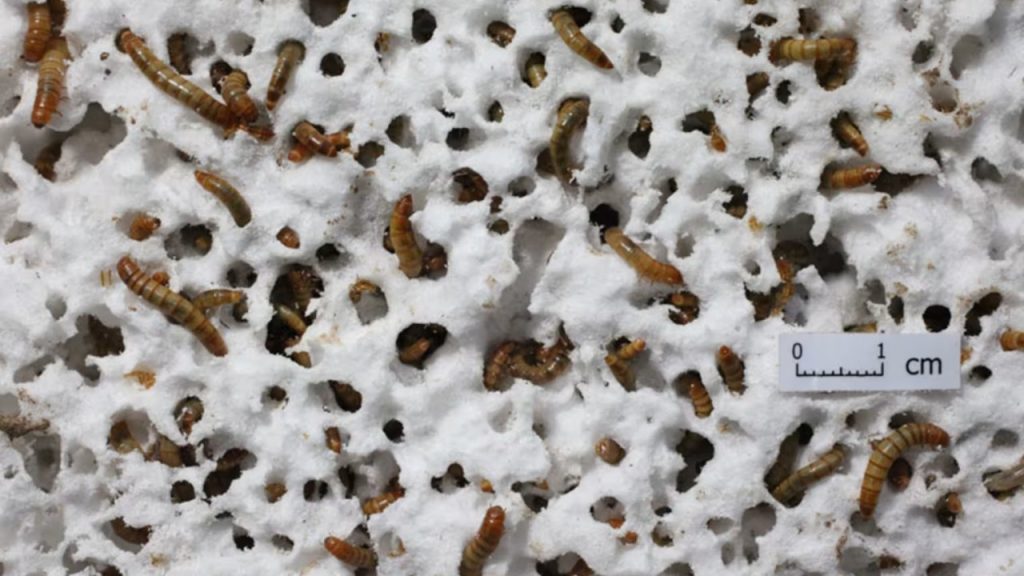In a world struggling with plastic waste, an unexpected ally may be emerging from nature itself — the humble mealworm. In Serbia, scientists at Belgrade’s Institute for Biology have been conducting groundbreaking experiments to explore how these tiny larvae can degrade polystyrene, a type of plastic that typically takes over 500 years to decompose in nature.
Polystyrene, commonly found in packaging materials, insulation, and disposable food containers, has long been one of the most persistent forms of plastic pollution. Serbia, where more than 84% of waste ends up in landfills — many of them unregulated — is now looking for innovative ways to align with the European Union’s environmental standards.
Under a project supported by the Serbian government, UNDP, and other international donors, scientists have begun “training” the larval form of the yellow mealworm beetle (Tenebrio molitor) to include polystyrene in their diet. Over time, these mealworms have adapted to efficiently consume and break down the plastic with the help of specialized bacteria living in their digestive systems.
According to principal research fellow Larisa Ilijin, the process produces carbon dioxide and water, leaving behind no trace of microplastic residue. This natural digestion process could provide a low-emission, environmentally friendly alternative to incineration, which releases over 4,000 times more carbon dioxide when compared to the same amount of plastic processed by mealworms.
To expand this potential solution, Belgrade-based Belinda Animals has begun breeding mealworms for experimental use, envisioning a future where plastic degradation and sustainable animal feed production could go hand in hand.
While this research is still in its early stages, and Serbia has yet to adopt regulations for using insect-based products in animal feed, the implications are promising. If scaled effectively, this discovery could transform waste management — turning a persistent pollutant into an opportunity for circular bioeconomy innovation.
This experiment is more than a scientific curiosity. It represents a shift in thinking — one where nature is not just a victim of human waste, but a collaborator in cleaning it up. From the smallest organisms, we might find the biggest solutions to one of the planet’s most enduring environmental challenges.



